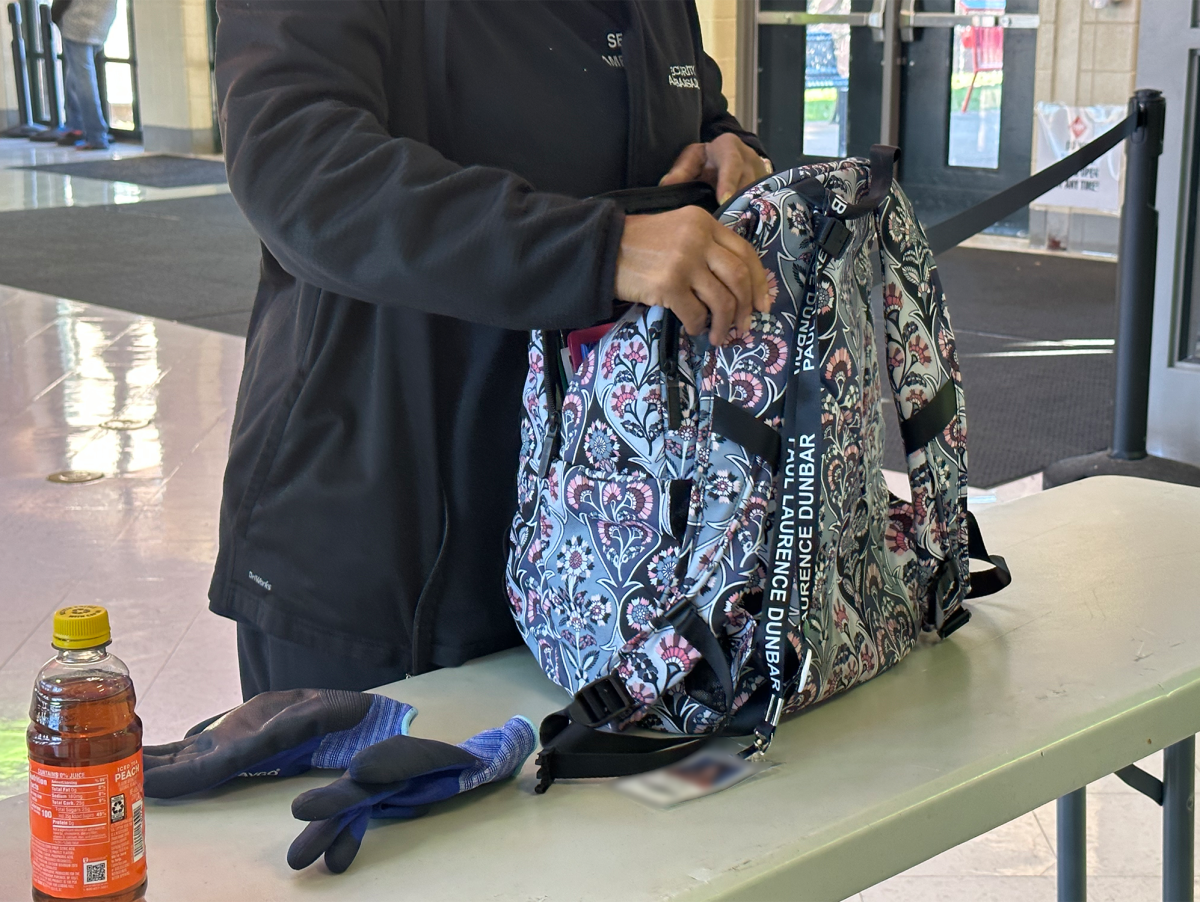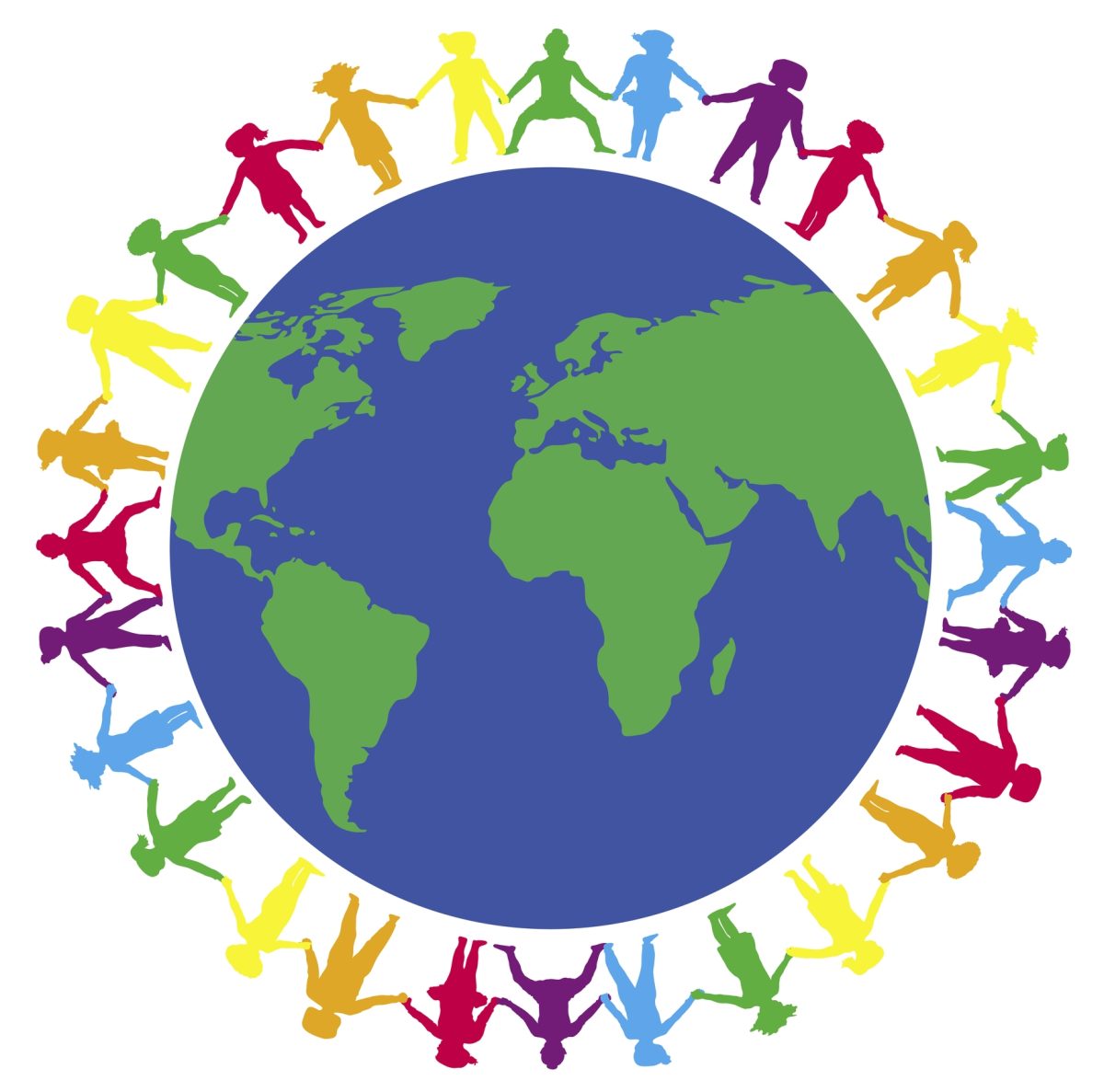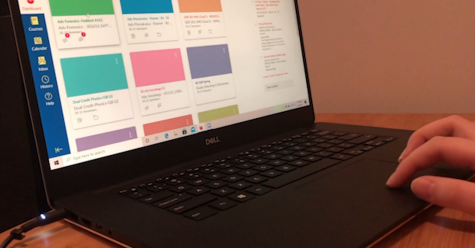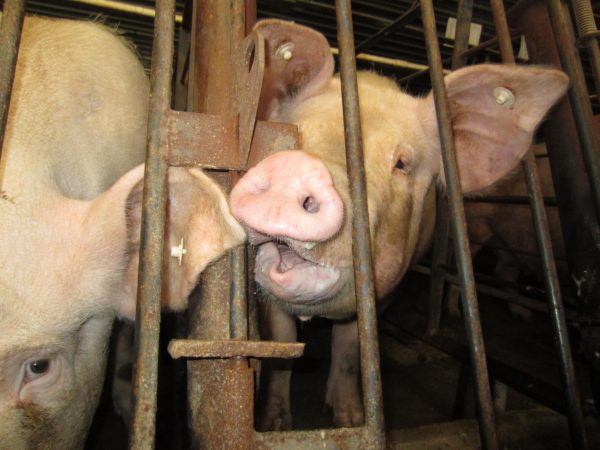Camille’s Sustainability Tip: The Plastic Problem
Decreasing your plastic waste is important, and it’s easier than you think.
A significant way to lower your carbon footprint is to decrease how much waste you produce. When I say waste, I don’t mean what you’re probably thinking. The type of waste I am talking about includes things that will most likely end up in landfills.
Most notably: plastic.
Let’s look at some statistics.
According to the EPA, in 2017, the United States alone produced 267.8 million tons of trash. Of this, 139.6 million tons ended up in landfills.
Why is this bad?
When waste enters landfills, the trash becomes compacted and covered. The oxygen is then sucked out of the landfill, causing the garbage to break down through an anaerobic process. The result is the release of methane, a greenhouse gas 84 times more toxic than carbon dioxide. Methane is one of the most significant contributors to climate change, second only to CO2.
Human waste also poses a threat to wildlife, ecosystems, and you. It can release toxic substances into the air and waterways that negatively impact human health.
The saddest part, at least for me, is that around 79% of the plastic in landfills could have been recycled.
Now it’s time for the big question: what can you do?
A significant change you can make is simply looking at what you carry out of the store: not just what you are buying, but what you are physically carrying.
Americans use over 100 billion plastic bags a year. According to Waste Management, only 1% end up in recycling.
The simplest way to decrease your waste output, I think, is to purchase reusable shopping bags. You could even make your own.

Hi! I’m Sadie Bograd, and I’m a senior at Dunbar. This is my second year on Lamplighter staff. I’m now one of the program’s Editors-in-Chief. Along...























